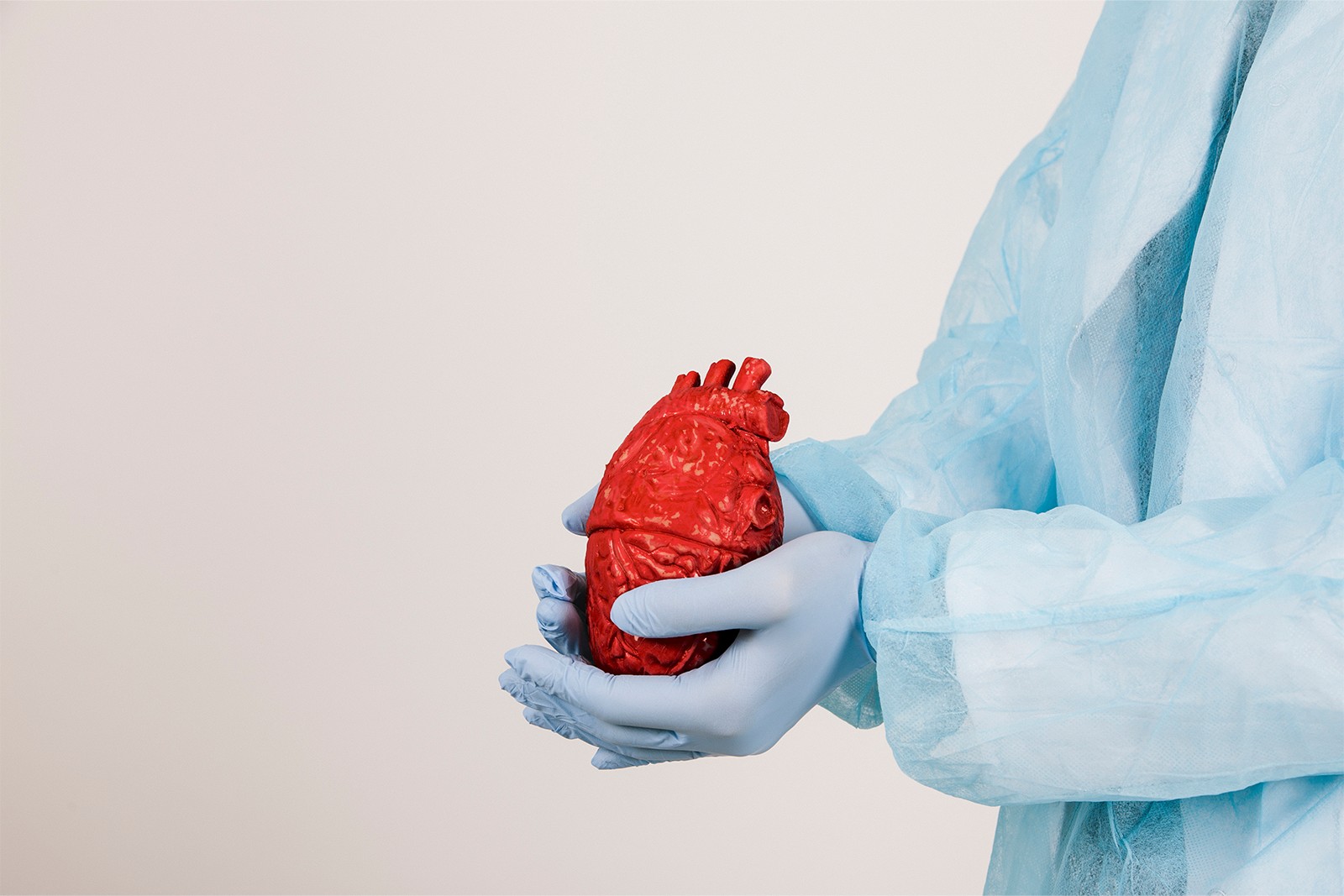Peripheral Artery Disease might not be as widely discussed as other cardiovascular conditions, but its impact on health can be just as serious. Early detection is critical for preventing serious complications. At Capitol Cardiology Associates, we emphasize the importance of awareness and early diagnosis of PAD to ensure our patients maintain their heart health.
Understanding the Onset of Peripheral Artery Disease
PAD occurs when arteries in the legs or arms become narrowed or blocked by a buildup of fatty deposits, known as plaques. This condition restricts blood flow to the limbs, leading to various health problems. The primary causes of PAD include:
- Atherosclerosis: When plaques build up in artery walls.
- Diabetes: High blood sugar damages blood vessels, increasing the risk of PAD.
- Smoking: Tobacco use significantly contributes to the development of PAD by damaging blood vessels and reducing blood flow.
- High Blood Pressure and Cholesterol: Both conditions can accelerate the process of atherosclerosis, leading to PAD.
Recognizing the Warning Signs of PAD
PAD often goes undiagnosed because its symptoms can be subtle or mistaken for other conditions. It's essential to be aware of the signs and seek medical advice if you experience any of the following:
- Leg Pain and Cramping: One of the most common symptoms is pain or cramping in the legs while walking.
- Numbness or Weakness: Reduced blood flow causes weakness and numbness in the legs.
- Coldness in Lower Legs or Feet: A major difference in temperature between one leg and the other can indicate PAD.
- Sores or Wounds That Won't Heal: Poor circulation can prevent wounds from healing properly, particularly on the feet.
- Discoloration of the Skin: Changes in skin tone, such as paleness or bluish tint, can signal poor blood flow.
- Hair Loss or Slower Hair Growth: Decreased blood flow can also affect the hair growth on your legs and feet.
If you notice any of these symptoms, speaking with a cardiologist is vital. Early intervention can prevent complications such as limb amputation or heart attack.
The Impact of Lifestyle on PAD
Making healthy changes can not only reduce the risk of PAD but also improve overall cardiovascular health.
- Exercise: Physical activity helps improve circulation and reduces the risk of developing PAD.
- Diet: A diet that’s low in saturated fats, cholesterol, and sodium can help prevent the buildup of plaques in the arteries.
- Smoking Cessation: Quitting smoking is a highly effective way to lower the risk of PAD and improve overall cardiovascular health.
- Managing Diabetes: For those with diabetes, controlling blood sugar is important for preventing complications such as PAD.
- Regular Health Screenings: Routine check-ups with a heart doctor can help monitor cholesterol levels, blood pressure, and other risk factors for PAD.
Innovative Treatments for PAD
Advancements in technology have led to new treatment options for PAD, including:
- Angioplasty and Stenting: These minimally invasive procedures involve widening the narrowed arteries using a balloon and placing a small wire mesh tube to keep the artery open.
- Atherectomy: This procedure involves removing plaque from the artery walls using a catheter with a sharp blade or laser.
- Medications: Various medications can help manage symptoms and prevent complications of PAD. These include blood thinners, cholesterol-lowering drugs, and medications to control blood pressure and diabetes.
- Supervised Exercise Programs: Structured exercise programs can improve symptoms and increase walking distance for individuals with PAD.
Why Early Detection Matters
Early detection of PAD is vital for several reasons. It allows for timely intervention, which can prevent disease progression. Early diagnosis also provides an opportunity to implement lifestyle changes that can improve long-term health outcomes. Early detection can also lead to better management of existing conditions, such as diabetes and hypertension, which are major risk factors for PAD. Regular check-ups with a heart doctor ensure that any signs of PAD are identified and addressed promptly.
Do You Need Professional Treatment for PAD?
If you are experiencing any symptoms or have risk factors for PAD, we encourage you to schedule an appointment with an experienced cardiologist. At Capitol Cardiology Associates, we provide personalized care to fit each patient's unique needs. Your heart health is our priority, and we are here to support you every step of the way. Contact us to schedule your consultation.




.webp)

